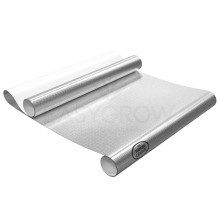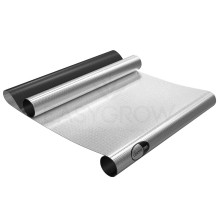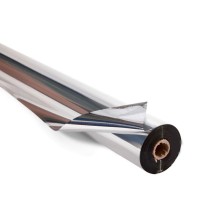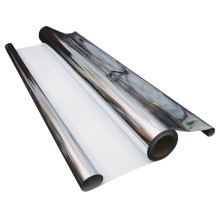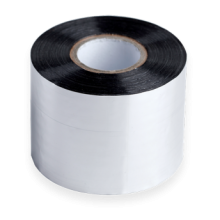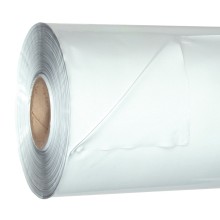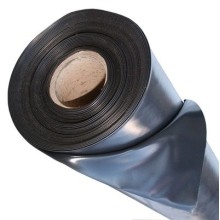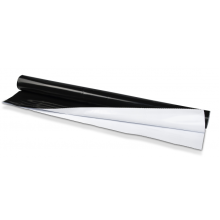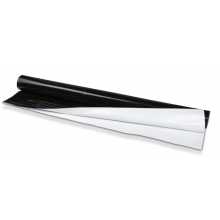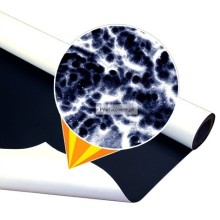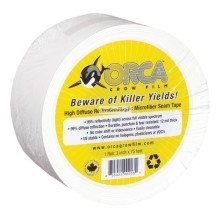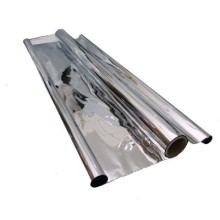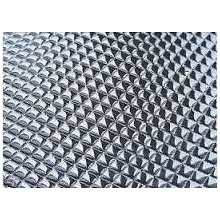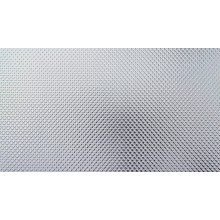Reflective Films
Besides agricultural fabric, plastic films are the most commonly used synthetic material in horticulture. These films are used either temporarily or throughout the season, and their diversity allows for a wide range of applications at virtually every stage of cultivation.
Plastic films have a wide range of uses
In addition to standard use, black plastic film with full coverage and black triple-layer film are used in controlled environment cultivation for periodic covering of plants. This affects the pace of their development. Black plastic film is best suited for cucumber and strawberry cultivation in rows. Triple-layer film, on the other hand, reduces the heating of the soil due to light reflections. Film sold in the form of bags is the most practical for soilless production. Bags or sleeves can be filled with coconut fiber, mineral wool, and similar materials to conduct controlled cultivation due to the relative sterility of the substrate. Modified multi-layer films, stabilized and resistant to changing environmental conditions, are even used in field cultivation. They lower the soil temperature, maintain its moisture, structure, and chemical stability, which is particularly important for developing plants.
Reflective films are increasingly used in horticulture
Reflective films are mainly used to increase light intensity and direct it in controlled environment cultivation. Shiny films and uniform films are most commonly used, or multi-layer embossed films. The latter, in particular, not only reflect light beautifully but also prevent reflections due to their embossed shape. Hotspots could cause plant burning under high light intensity and high humidity.

